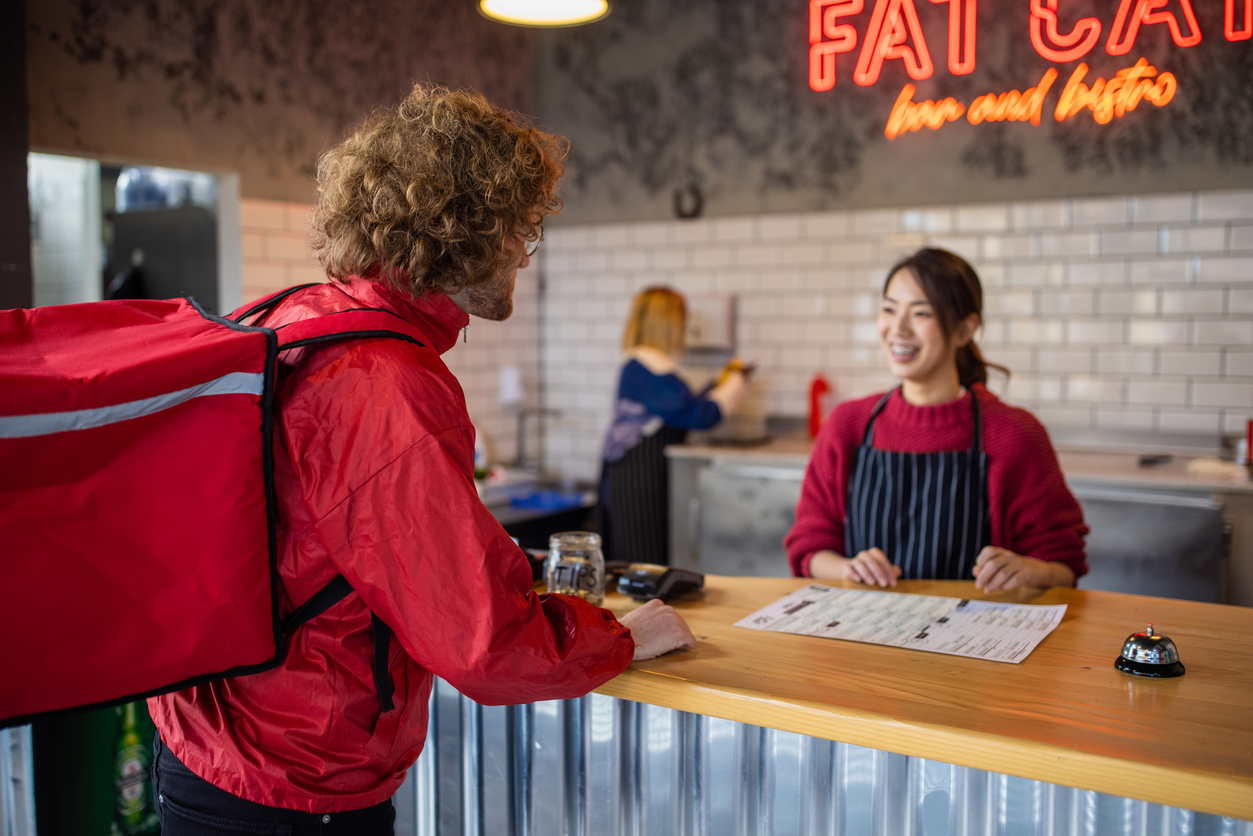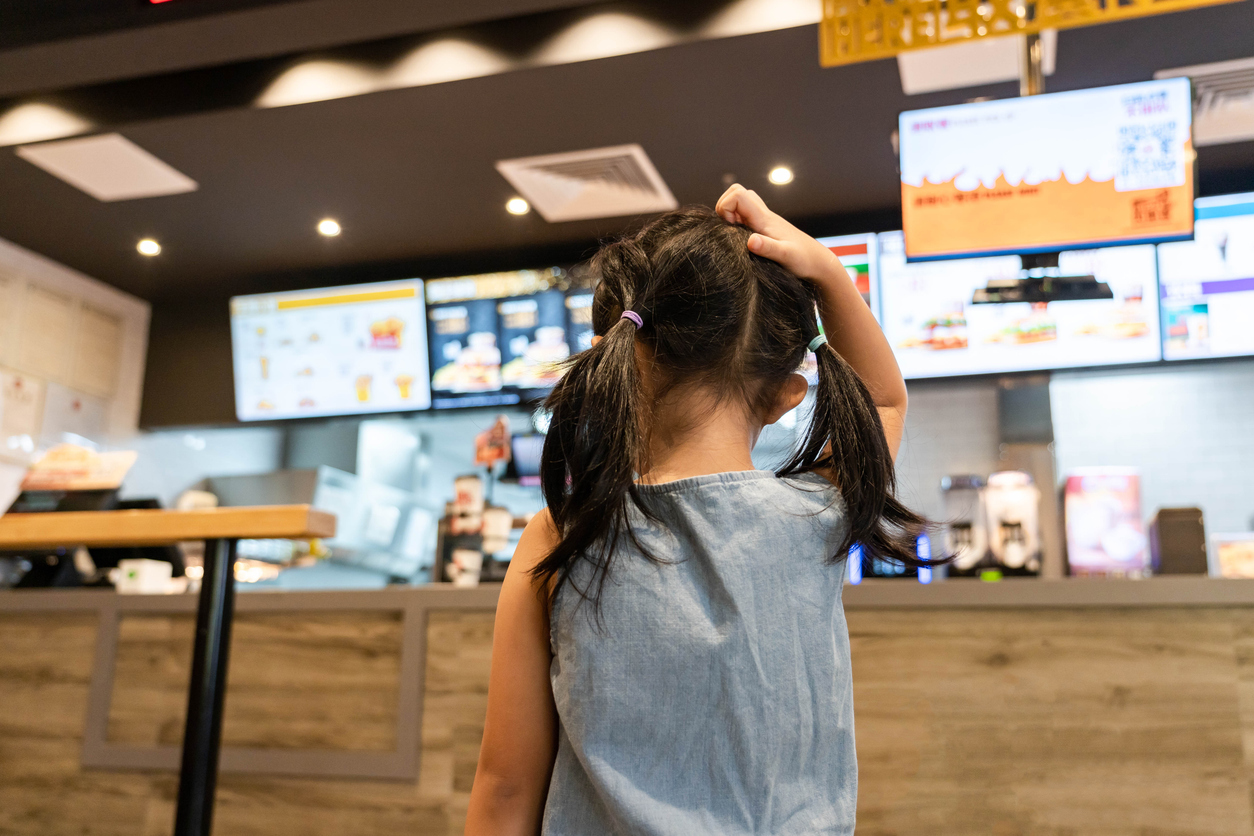Optimizing menu costs is vital for restaurant owners to ensure their businesses are profitable. However, rising food prices can make this more challenging. So, finding ways to reduce costs without compromising the quality of your food and service is essential. Whether you have a fast-casual restaurant or a fine dining establishment, an educated pricing strategy needs to be at the heart of your business. With effective strategies, you can ensure that your business remains profitable despite rising prices.
Factors When Designing Menu Cost
Designing an effective menu cost structure is a multifaceted process requiring a deep understanding of various financial factors. Each component plays a pivotal role in determining the overall profitability of a restaurant. These factors include:
Cost Of Ingredients
The cost of ingredients is often the most significant factor in menu pricing. With the fluctuating prices of raw materials, it is essential to source ingredients wisely. Suppliers, quality of ingredients, and market demand all influence the cost of ingredients. Restaurant owners must carefully consider these factors to ensure they get the best prices for their menu items without sacrificing quality.
Labor Costs
Another vital element in menu costing is labor costs. This includes wages and benefits for chefs, other kitchen staff, servers, and front-of-house employees. Labor costs vary depending on the restaurant's location, minimum wage laws, and employee turnover rate. It is crucial to accurately calculate labor costs to ensure that menu prices cover these expenses.
Production Costs
Production costs include all expenses related to preparing and cooking the food. Efficient production processes can significantly impact the bottom line. For example, using pre-made sauces or purchasing ingredients in bulk can help reduce production costs. However, quality should never be sacrificed for cost-cutting measures. Restaurant owners must balance minimizing production costs with maintaining high-quality food.
Overhead Costs
In addition to labor and production costs, overhead costs also play a significant role in menu costing. These expenses include rent, utilities, insurance, and other fixed costs necessary for running a restaurant. Overhead costs can vary depending on the size of the restaurant and its location. Considering these expenses when calculating menu prices is essential to ensure they are covered.
Factors That Make Menu Prices Go Up
Restaurants must also take into account external factors that can increase menu prices. For example, inflation and changes in the cost of ingredients or supplies can increase production costs. In addition, increases in the minimum wage or taxes can also impact pricing decisions. It is crucial for restaurant owners to stay updated on these external factors and adjust menu prices accordingly. Other factors include:
Inflationary Pressures
Inflationary pressures significantly impact the cost of goods and services. As the general price level rises, so do the ingredients, labor, and other operational expenses. Wages often rise alongside inflation, increasing labor expenses. Furthermore, restaurant price inflation can also affect the cost of utilities, adding to overhead expenses.
Supply Chain Disruptions
Supply chain disruptions can cause increased costs and delays in obtaining necessary ingredients and supplies. Natural disasters, trade disputes, and other unexpected events can significantly impact the production and transportation of goods. This can result in higher prices for ingredients and supplies, requiring restaurants to adjust their menu prices accordingly.
Regulatory Changes
Regulatory changes can also drive up menu costs. New laws and regulations can affect various aspects of restaurant operations, from labor laws to food safety standards. For example, changes in minimum wage laws can directly impact labor costs, while compliance with new health and safety standards can require additional investments. Additionally, new environmental regulations may necessitate changes in sourcing and waste management practices.
Commodity Price Volatility
Commodity price volatility refers to the fluctuations in the prices of essential items like oil, grains, and meat. These fluctuations can significantly impact menu costs. To manage this volatility, restaurant owners can use financial instruments to hedge against price fluctuations, adjust the menu based on current commodity prices, and enter into long-term contracts with suppliers to lock in prices and reduce volatility.
Strategies For Optimizing Menu Costs
Optimizing menu costs is a critical aspect of running a successful restaurant. Restaurant owners can ensure profitability while delivering customer value by employing various strategies. Here are some of the key strategies for optimizing menu costs:
Menu Engineering
Menu engineering is a systematic approach to analyzing and optimizing a restaurant's menu to maximize profitability. This involves evaluating the popularity and profitability of each menu item and making data-driven decisions to enhance the menu's overall performance. By identifying high-profit and high-demand items, restaurant owners can strategically price and promote them to increase sales and profit margins.
Dynamic Pricing Strategies
Dynamic pricing is a technique restaurants use to adjust menu prices based on demand, time of day, and seasonality. By leveraging data and analytics, restaurants can determine the optimal price points for their menu items to attract customers while maintaining profitability. This approach also allows restaurants to stay competitive and adapt to changing market conditions.
Effective Inventory Management
Managing ingredients efficiently is crucial for controlling menu costs. Restaurant owners should regularly review their ingredient purchasing processes to ensure they are sourcing the best quality products at competitive prices. They can also consider forming partnerships with local suppliers or joining a group purchasing organization to negotiate better prices.
Additionally, use seasonal ingredients. Implementing proper inventory management techniques such as FIFO (first in, first out) can also prevent waste and save money on spoiled or expired ingredients.
Leveraging Digital Platforms
Leveraging digital platforms can significantly enhance a restaurant's ability to optimize menu costs. Online ordering systems, mobile apps, and digital menus provide valuable customer preferences and purchasing behavior data. This data can be used to tailor menu offerings, adjust pricing, and create targeted marketing campaigns. These platforms enable restaurants to reach a broader audience, increase customer engagement, and streamline operations. By integrating digital solutions into their business model, restaurant owners can improve efficiency and drive profitability.
Tips To Manage And Optimize Menu Costs

Managing and optimizing menu costs is a continuous process that requires strategic planning and execution. Restaurant owners can ensure their menu remains profitable while delivering value to customers by implementing the following effective tips and practices:
Engage And Train Staff
Engaging and training staff is fundamental to managing and optimizing menu costs. Well-trained employees can significantly impact a restaurant's efficiency and profitability. By providing comprehensive training on portion control, proper food handling, and waste reduction techniques, restaurant owners can minimize unnecessary costs and improve overall operations. Regularly conducting training sessions and workshops ensures staff members stay updated on best practices and industry trends.
Regularly Review And Adjust Strategies
Regularly reviewing and adjusting strategies is crucial for maintaining optimal menu costs. The restaurant industry is dynamic, with changing customer preferences, market trends, and external factors influencing operations. By conducting periodic reviews of menu performance, pricing strategies, and cost structures, restaurant owners can identify areas for improvement and make data-driven decisions.
Embrace Technology Solutions
Embracing technology solutions is essential for managing and optimizing menu costs in today's digital age. Technology can streamline restaurant operations, from inventory management to customer engagement. Implementing inventory management software, point-of-sale systems, and data analytics tools can provide real-time insights into stock levels, sales patterns, and customer preferences.
How To Calculate Ideal Menu Cost Percentage
Menu cost percentage is a crucial metric for determining the profitability of menu items. It measures the relationship between the cost of ingredients and the selling price. Determine the cost of all ingredients used in a particular menu item. This includes direct costs, such as food and beverage ingredients, and indirect costs, such as labor and overhead. Calculate the gross profit margin by subtracting the total menu item cost from its selling price.
For example, if a menu item costs $10 to make and is sold for $15, then the gross profit margin is $5.
Calculate the ideal menu cost percentage by dividing the gross profit margin by the selling price. For instance, the ideal menu cost percentage would be 33.3% ($5 divided by $15). This means that for every $1 spent on ingredients for this menu item, you should aim to make a gross profit of 33.3 cents.
Keep track of your actual menu cost percentage for each item and compare it to the ideal percentage. If your actual percentage is higher than the ideal, it could mean that you are spending too much on ingredients or not charging enough for the item. Use this information to adjust your menu and pricing strategy to maximize profits.
Increase Your Restaurant’s Revenue With Checkmate
Checkmate offers enterprise solutions and integrations designed to maximize revenue for thousands of restaurants. Using our technology, you can build a more efficient and profitable business and drive more traffic to your locations. Get a demo today and discover how Checkmate can help conquer your digital goals.





